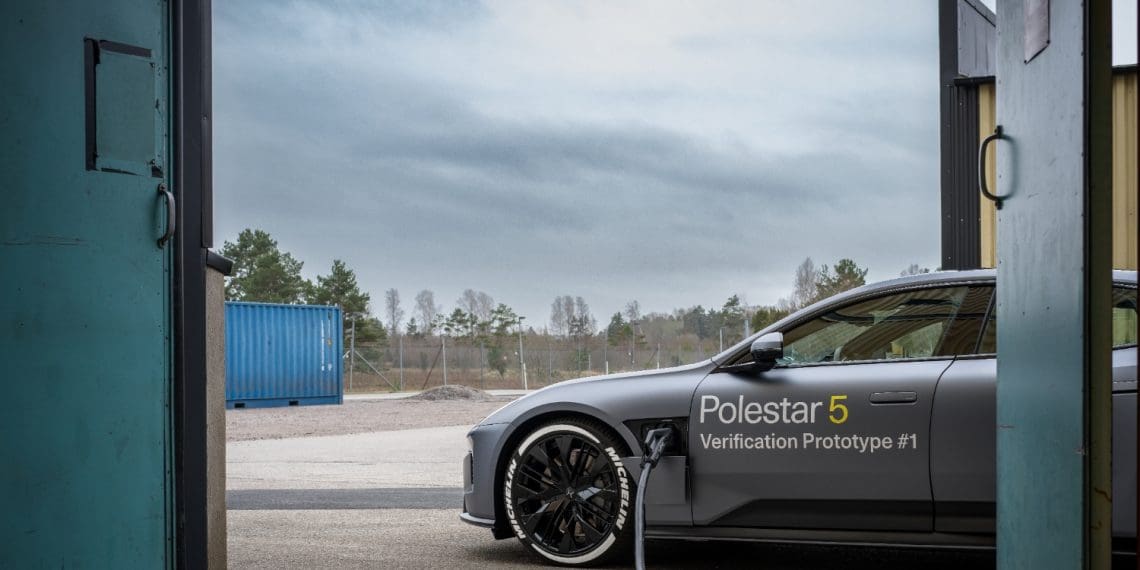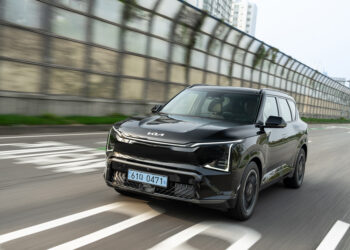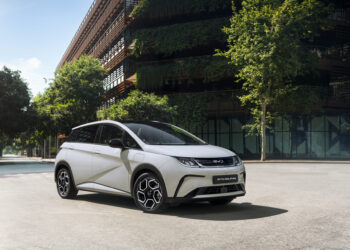Polestar and StoreDot, a company specializing in fast-charging batteries, successfully tested the implementation of Extreme Fast Charging (XFC) technology for the first time in a 100% electric car, which allowed the Polestar 5 prototype to be charged from 10 to 80% in just 10 minutes.
Both brands revealed that the prototype achieved a consistent charging rate, starting at 310 kW and rising to a peak of over 370 kW at the end of the charging process.
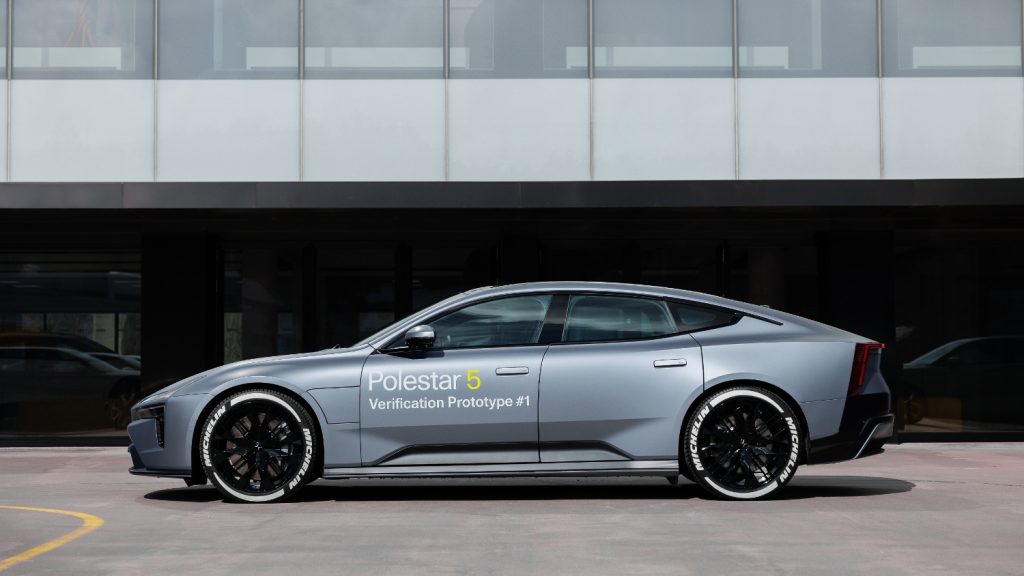
StoreDot’s XFC technology uses silicon-dominant cells with energy density equivalent to the latest generation nickel, cobalt, and manganese (NCM) cells and does not require specialized cooling systems in the vehicle.
The experimental XFC battery modules have a structural function that improves mechanical properties and cooling capacity, maintaining or reducing weight levels, with high recycling and maintenance capacity that is also essential in the design of the system.
The 77 kWh battery pack, which has the potential to be increased to at least 100 kWh, can add 320 km of range to a medium-sized electric vehicle in 10 minutes.
The Polestar also revealed that XFC technology works with the current infrastructure of fast charging in direct current, which continues to feature more high-power chargers of 350 kW or higher.
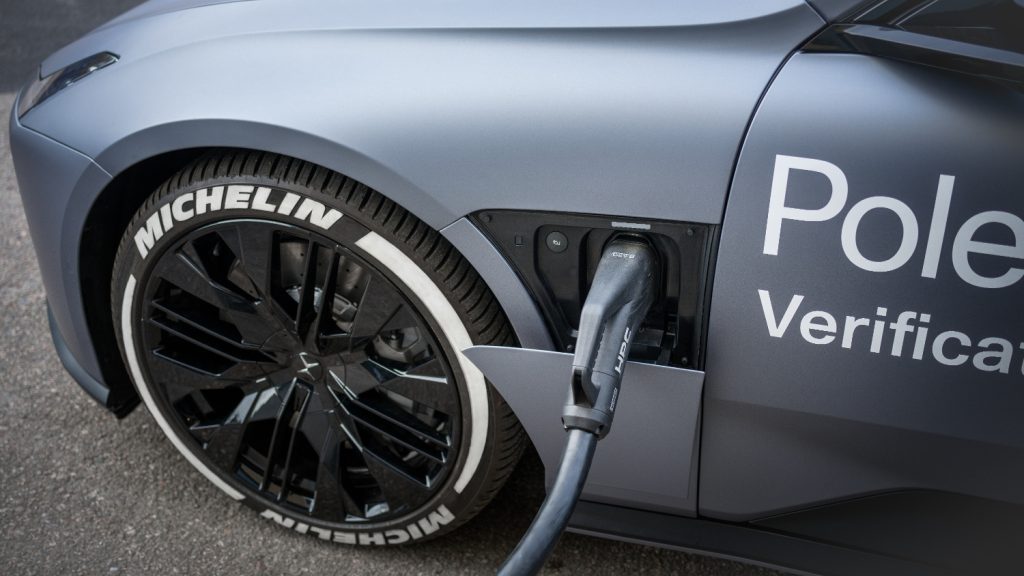
This means that drivers may spend less time stopped to charge their vehicle, which, for a charge from 10 to 80% in many modern electric vehicles, can still take about 30 minutes.
By reducing this time to 10 minutes, the charging time of a vehicle with XFC technology is very similar to what happens when refueling a gasoline car.
This groundbreaking demonstration was designed to show that this XFC battery technology could be applied to future Polestar vehicles, and to demonstrate the brand’s commitment to developing the best driving experience through innovative technological partnerships.
“Time is one of life’s greatest luxuries, and as a luxury electric car manufacturer, we have to take the next step to solve one of the biggest obstacles to acquiring electric vehicles – charging anxiety. With this new technology, on longer trips, when drivers stop, they can get back on the road faster than ever before. In fact, this stop time will be more similar to what currently happens with a gasoline model”, emphasized Thomas Ingenlath, CEO of Polestar.

